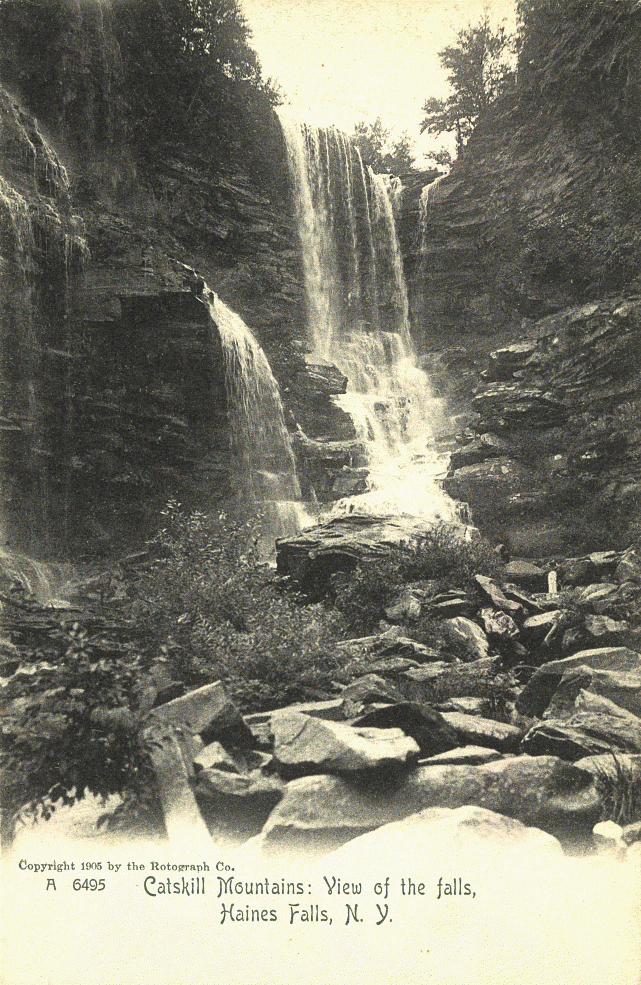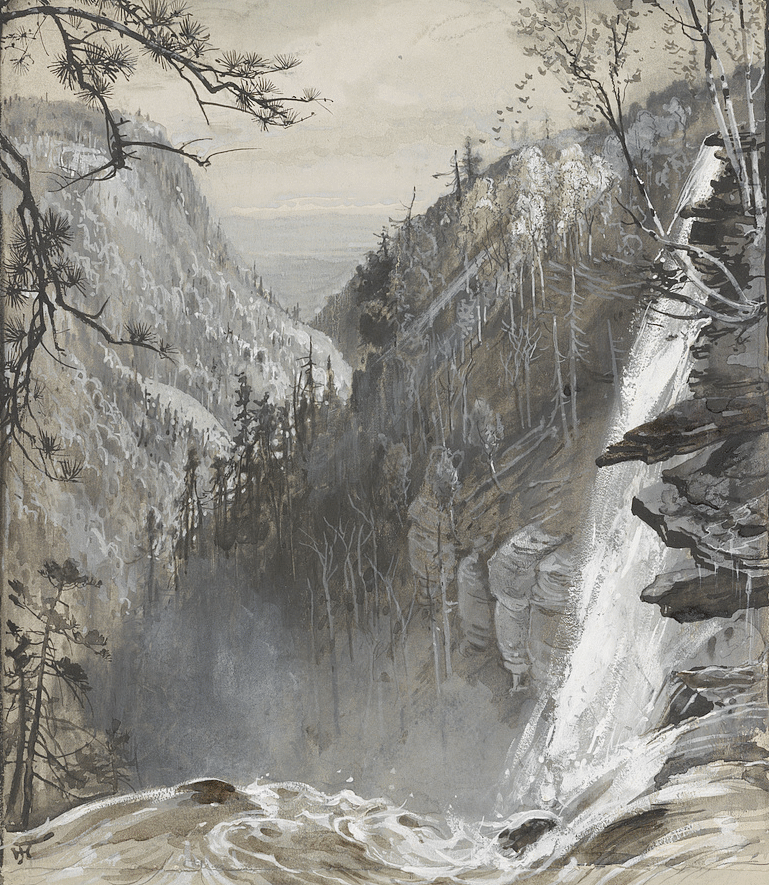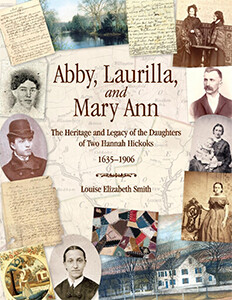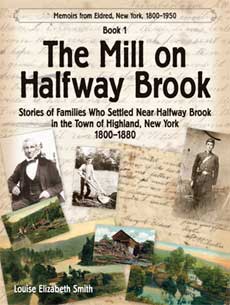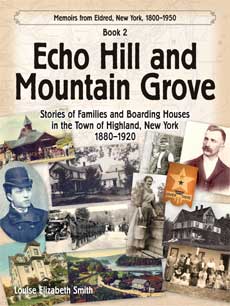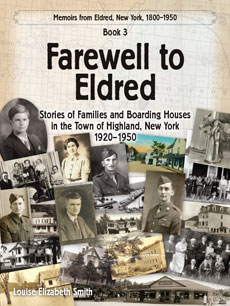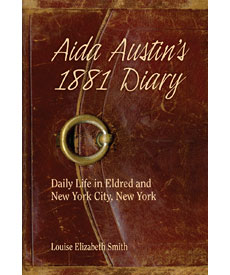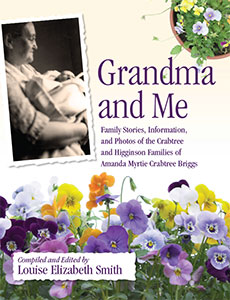
1871–2 Catskill, New York
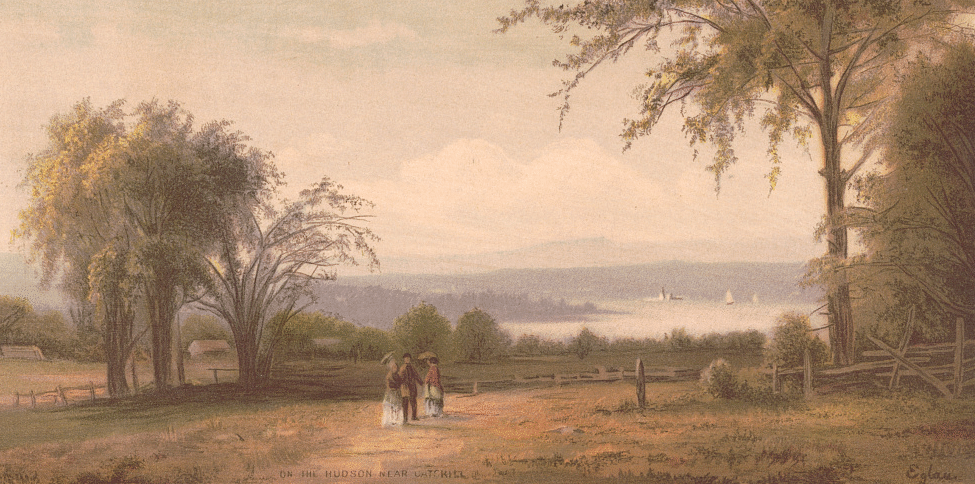
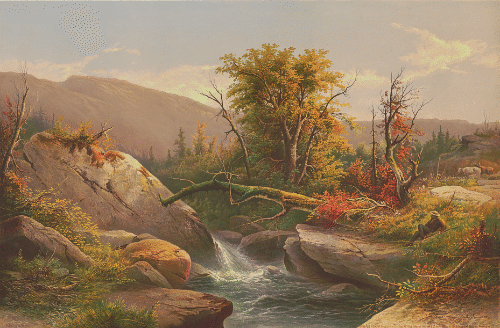
1905 View of Haines Falls
1883 Haines Falls in the Catskills
Kaaterskill Falls, Catskill Mountains 1850s and 1902
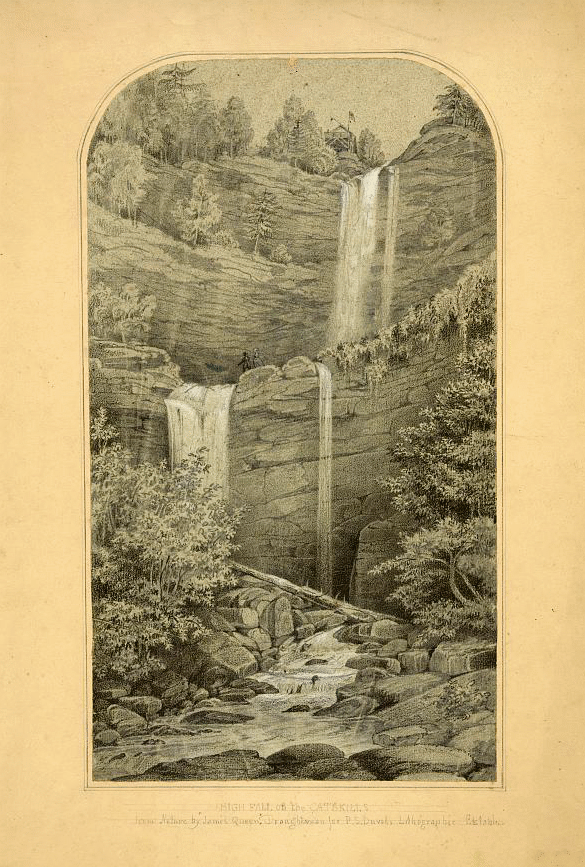
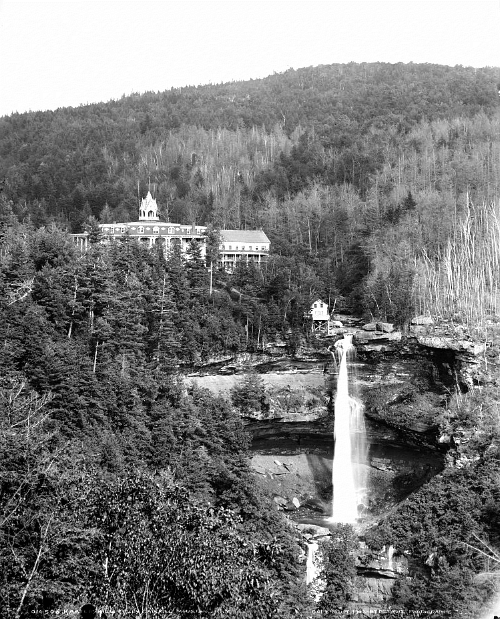
Currier & Ives: Catterskill Falls, NY
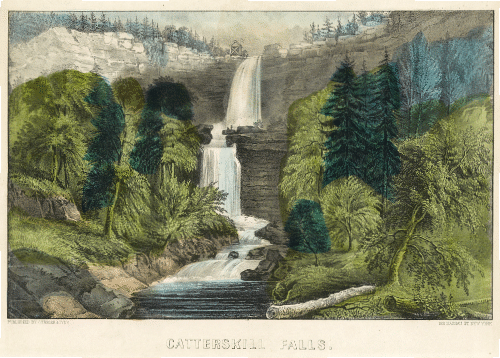
The Kaaterskill Falls, a two-stage waterfall near Haines Falls in the Catskill Mountains of New York, as seen from below with two people on the ledge at mid-falls.
The Catskills, New York
Hello Halfway Brook friends. I have collected some Catskill Mountain images from the Library of Congress to post over the next few weeks on this site. Enjoy!
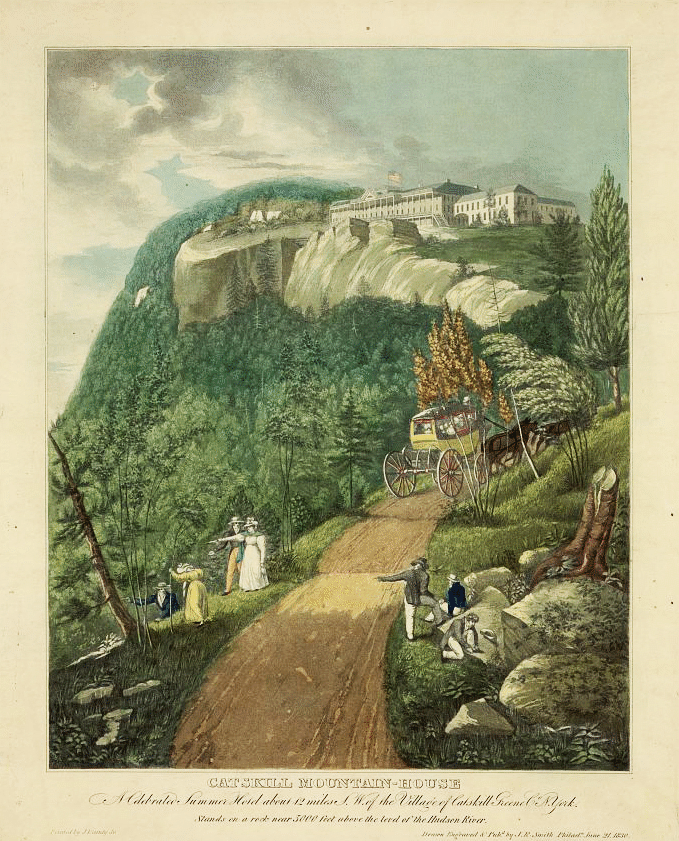

Dalley’s Magical Pain Extractor and Dr. Janyes Expectorant, Late 1800s
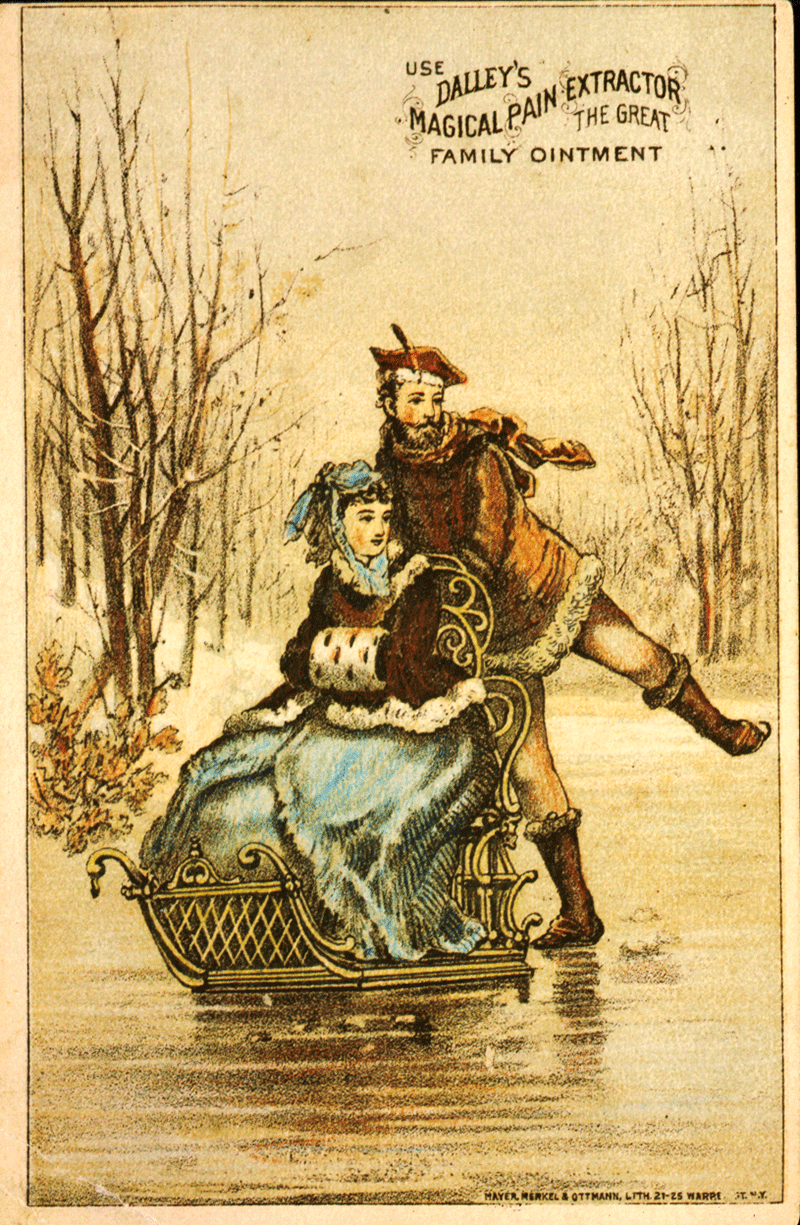
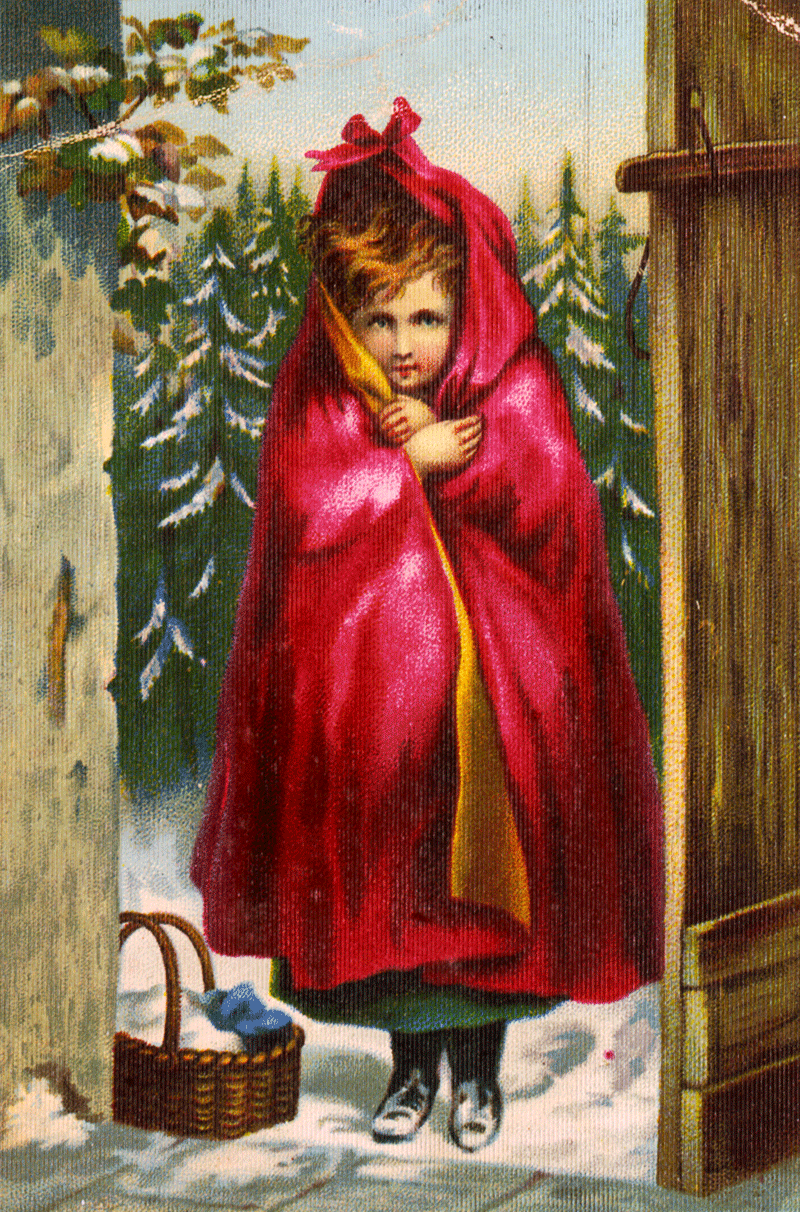
1881 Shoe Advertisement
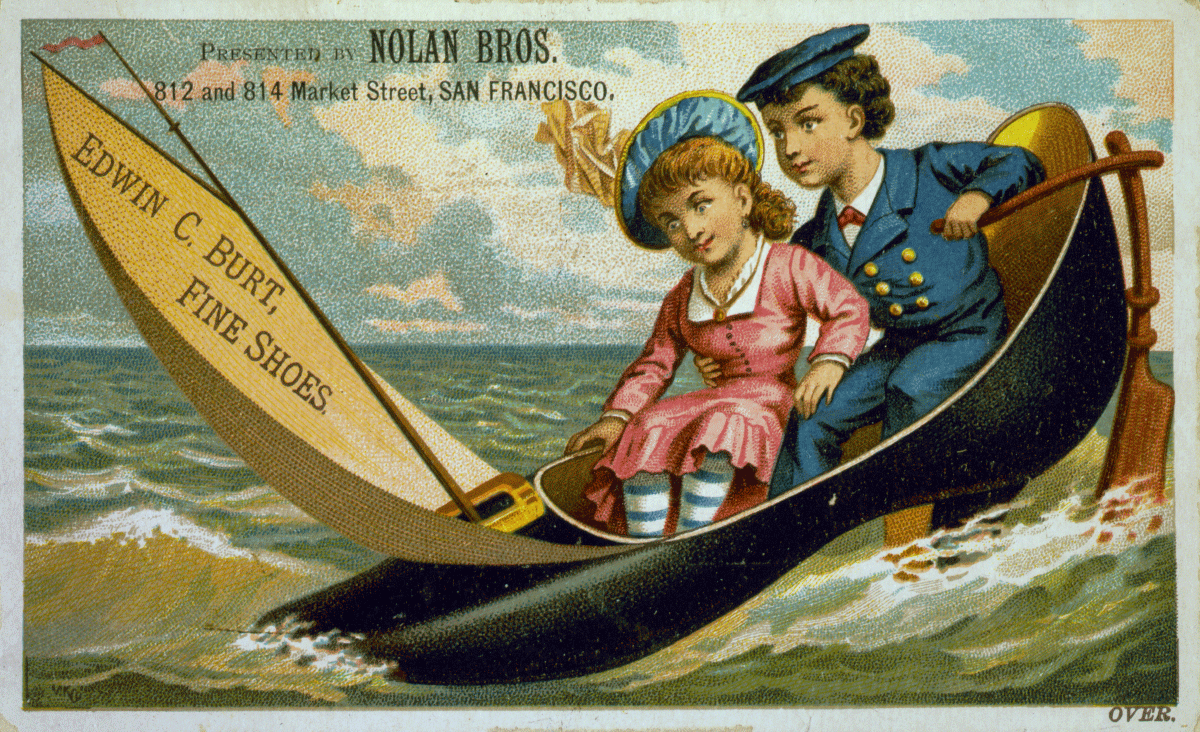
To comment on posts, please email me at: hwbsmith25 at gmail dot com and I will repost your remarks.
Fine Candies and Fruit Preserves

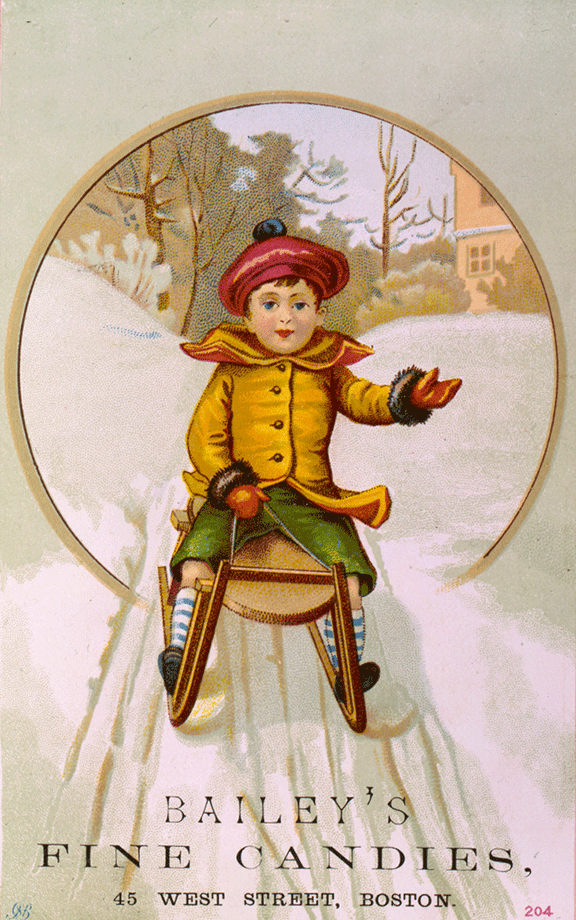
To comment on posts, please email me at: hwbsmith25 at gmail dot com and I will repost your remarks.

